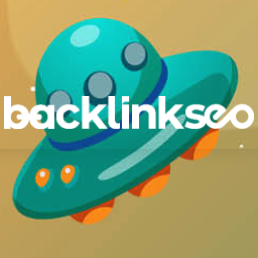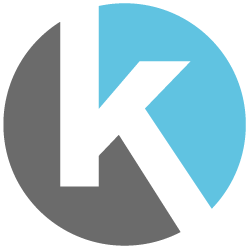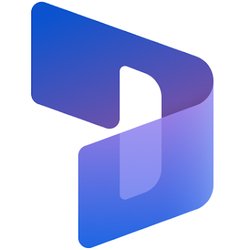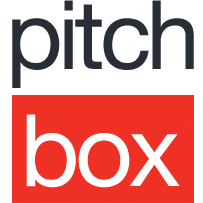Outseta vs Highlevel
Hyperise integrates with 100's of sales and marketing tools, many of which are in the Marketing Automation category. With so many to choose from it's sometimes hard to know which is best, but don't worry, we've got your covered.
In this comparison guide we're going to look at the Highlights, Pros, Cons and Pricing of Outseta and Highlevel. We'll also delve into the details of which offers the best personalization options within Marketing Automation, with there respective Hyperise integrations

Outseta
Pricing: Outseta is a platform that provides a suite of tools for startups and small businesses. Here's a summary of their pricing: - Core Plan: $299/month, includes CRM, subscription billing, email marketing, and customer communication tools for up to 10 team members. - Growth Plan: $499/month, includes all features in the Core Plan, plus additional marketing automation, lead tracking, and analytics tools for up to 20 team members.
Vs

Highlevel
Pricing: Sure, here are the high-level pricing summaries for some popular software platforms: 1. Salesforce: Pricing varies based on the product and edition. For example, Sales Cloud, the most popular Salesforce product, starts at $25/user/month, while Service Cloud starts at $75/user/month. 2. HubSpot: HubSpot uses a freemium model, with their basic CRM being free forever.
Outseta vs Highlevel Highlights
Outseta and Highlevel are two different software platforms that offer different functionalities and features.
Outseta is an all-in-one business toolkit that combines essential business functionalities such as CRM, project management, invoicing, and customer support tools into one centralized platform. Outseta prides itself in offering an intuitive user interface, automation workflows, and a simplified billing and subscription management system.
On the other hand, Highlevel is primarily a marketing automation platform that allows businesses to create, automate, and track marketing campaigns across various channels. Highlevel also has features such as appointment scheduling, SMS marketing, lead generation forms, and integrated analytics.
In summary, the main difference between Outseta and Highlevel is that Outseta is an all-in-one business toolkit, while Highlevel is a marketing automation platform. Depending on the type of business needs, one platform may be more suitable than the other.
Outseta vs Highlevel Pros
Outseta Pros
- Pros for Outseta:
- Offers a complete suite of tools for managing subscriptions, CRM, email marketing, and project management in one place.
- Provides a centralized dashboard to monitor metrics for different aspects of your business, including user retention and revenue.
- Offers a simple and intuitive user interface that is easy to navigate and use.
- Affordable pricing plans that include access to all features, based on the number of active users.
- Offers integrations with popular third-party tools such as Stripe, Mailchimp, and Zapier.
- Offers easy customization to match your brand's look and feel using CSS and HTML.
- Pros for Highlevel:
- Provides marketing automation and sales pipeline management tools to help businesses grow and scale quickly.
- Offers a wide range of features such as appointment scheduling, SMS marketing, and call tracking.
- Offers custom branding options for your agency or business.
- Offers a free trial period to test the platform before purchasing.
- Provides real-time analytics and reporting for tracking campaign performance and ROI.
- Offers integrations with popular third-party tools such as Google Analytics, Calendly, and Salesforce.
Highlevel Pros
- Pros of Highlevel:
- Advanced call tracking & analytics features
- Built-in SMS and email marketing tools
- Comprehensive sales pipeline management and automation capabilities
- Robust reporting and data visualization
- Integrated appointment scheduling and reminders
- Offers a mobile app for on-the-go management
- Provides white-labeling options for agencies to rebrand the platform
- Customer support available by phone or email
- Pros of Outseta:
- Offers an all-in-one CRM, subscription billing, and customer support platform
- Includes a customer portal for self-service account management
- Provides a customizable knowledge base for help documentation
- Offers integration with popular third-party tools like Mailchimp, Stripe, and Zapier
- Provides a clean and simple user interface for ease of use
- Provides customer support via chat, email, and phone
Outseta vs Highlevel Cons
Outseta Cons
- Outseta lacks some advanced CRM features, such as email campaign analysis and sales forecasting.
- Outseta's email marketing functionality is limited compared to Highlevel's more robust offering.
- Outseta is a newer platform and may not offer the same level of stability or scalability as Highlevel.
- Outseta's pricing plans may not be as flexible or affordable for some businesses, particularly those with smaller budgets.
- Outseta may not have as large of a user community or support network as Highlevel, making it more challenging to find resources or assistance.
Highlevel Cons
- Here are some potential cons for Highlevel compared to Outseta:
- Highlevel lacks a built-in CRM or project management tools, both of which are key features that Outseta provides.
- Highlevel's pricing can be relatively expensive, with a minimum monthly cost of $297 for access to basic features.
- Highlevel's focus on SMS and text messaging may not be the primary communication channel that some businesses prioritize, whereas Outseta offers more flexibility with a wider variety of communication channels.
- Since Highlevel does not have a free plan or trial, businesses may feel hesitant to invest without testing the platform first, unlike Outseta which offers a free trial.
- Highlevel's customer support is primarily available through email and chat, whereas Outseta offers more personalized support through phone and email communication.
Outseta & Highlevel Hyperise Integrations
Outseta uses the Image embed method to integrate with Hyperise, giving a simple way to add personalized images to your messages.
Outseta makes the following data points available to Hyperise, to enable personalization in images used in outreach and linked out to your personalized website landing pages.
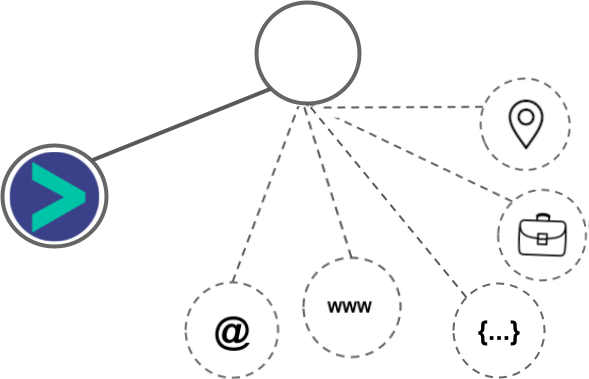
- Using business Email passed from Outseta, Hyperise is able to enrich business logo and website screenshots. In some cases, with a business Email we're also able to enrich profile images, subject to the business email having a publicly available profile.
- Street
- City
- State
- Zip
Outseta Integration Guide
Highlevel uses the HTML code embed method to integrate with Hyperise, giving a simple way to add personalized images to your messages.
Highlevel makes the following data points available to Hyperise, to enable personalization in images used in outreach and linked out to your personalized website landing pages.

- Using business Email passed from Highlevel, Hyperise is able to enrich business logo and website screenshots. In some cases, with a business Email we're also able to enrich profile images, subject to the business email having a publicly available profile.
- Business name
Highlevel Integration Guide
 vs
vs  vs
vs 

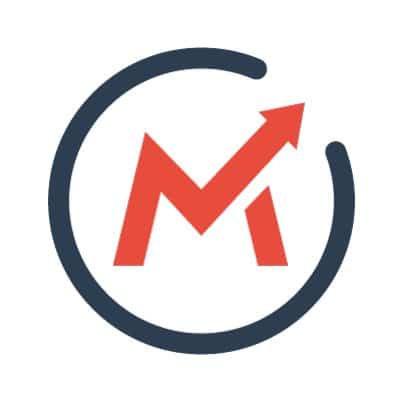

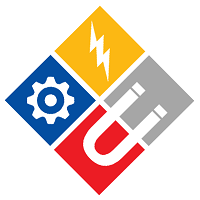
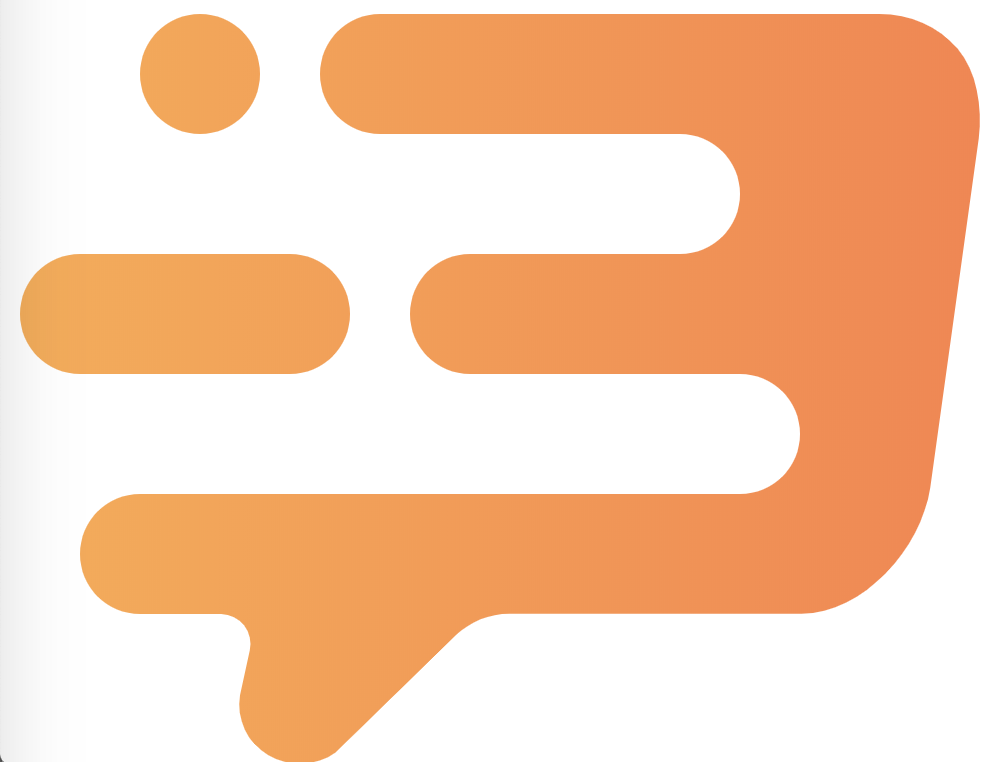 vs
vs 

 vs
vs 
 vs
vs  vs
vs  vs
vs  vs
vs 
